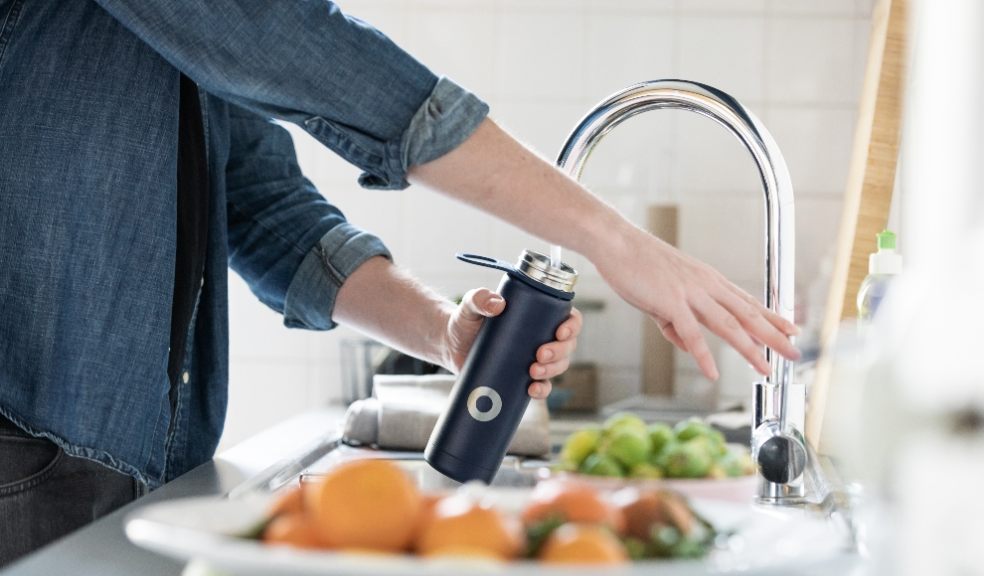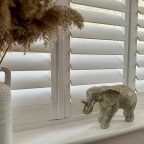
Drinking water quality failures caused by home plumbing
More than a third of water quality failures in homes last year were caused by problems with internal plumbing, according to the Drinking Water Inspectorate’s annual report.
While 99.97 per cent of tests in England and Wales passed extensive water quality checks, 38 per cent of those which failed to meet the required standard were caused by poor plumbing practices.
Last year, 276 routine water samples in England and Wales contained bacteria or chemicals as well as other issues such as the taste and odour of the water.
Poor plumbing practices and unsuitable fittings are one of the main causes of drinking water quality being affected, after it has been transferred safely from water mains into people’s homes.
In some cases, contaminated water from white goods, toilet cisterns and an immersion heater flowed back into drinking water. This can be easily prevented by fitting a suitable backflow-prevention device to any water-using appliances, which stops any contaminated water from flowing back into the clean drinking water system.
Poor tap hygiene was also to blame in several cases, with the practice of draping dishcloths over the top of taps, or failing to remove limescale, allowing bacteria to ingress into the tap and potentially infiltrate the drinking water.
Similarly, using unsuitable or non-compliant products can allow bacteria to form. The Drinking Water Inspectorate reports that in one case, a kitchen mixer tap with a pull-down hose and plastic sprinkler head had not only allowed bacteria to grow within the plastic nozzles, but the hose had also been patched with duct tape to stem a leak.
Now WaterSafe, the UK register for approved contractors working with drinking water, is urging homeowners and property managers to always employ someone who is officially approved to work on their plumbing system - to help keep their drinking water safe and wholesome.
WaterSafe approved plumbers and other specialist water services contractors have specific training in the Water Supply (Fittings) Regulations, which are designed to protect water supplies from the risk of contamination.
Julie Spinks, Director at WaterSafe, explains: “Using a WaterSafe approved contractor for any work on your water supply pipe or internal plumbing is one of the easiest ways to help protect you and your family.
“Simple plumbing tasks can make a big difference, such as fitting appropriate backflow prevention devices on pipework to prevent water from toilets, white goods and garden hoses from mixing with your clean drinking water.
“Using a WaterSafe approved plumber gives customers reassurance that they are using a competent and qualified professional to maintain high-quality drinking water within their homes.”
Marcus Rink, Chief Executive of the Drinking Water Inspectorate, explains: “Overall, drinking water in England is extremely high quality, meeting 99.97% compliance with the required standard.
“However, it’s important that we are not complacent as our annual report does highlight more than a third of water quality failures last year were caused by problems with internal plumbing.
“We’d caution people to avoid unqualified installers who may inadvertently cause water supplies to become contaminated, and to instead choose a suitably qualified, approved, plumber.
“Consumers should use an installer who is approved through a national accreditation body for competent and qualified installers, such as WaterSafe.”
The annual water quality reports summarise the results of the hundreds of thousands of water quality tests which UK water companies carry out each year on the water they supply from water treatment works and clean water storage tanks, to customers’ own homes.
These tests are analysed at specialist laboratories, with the results reported to water watchdog, the Drinking Water Inspectorate.
Customers can find their nearest WaterSafe-approved plumber, or other specialist contractor, by visiting watersafe.org.uk.
The annual Drinking Water Report can be downloaded at dwi.gov.uk.













